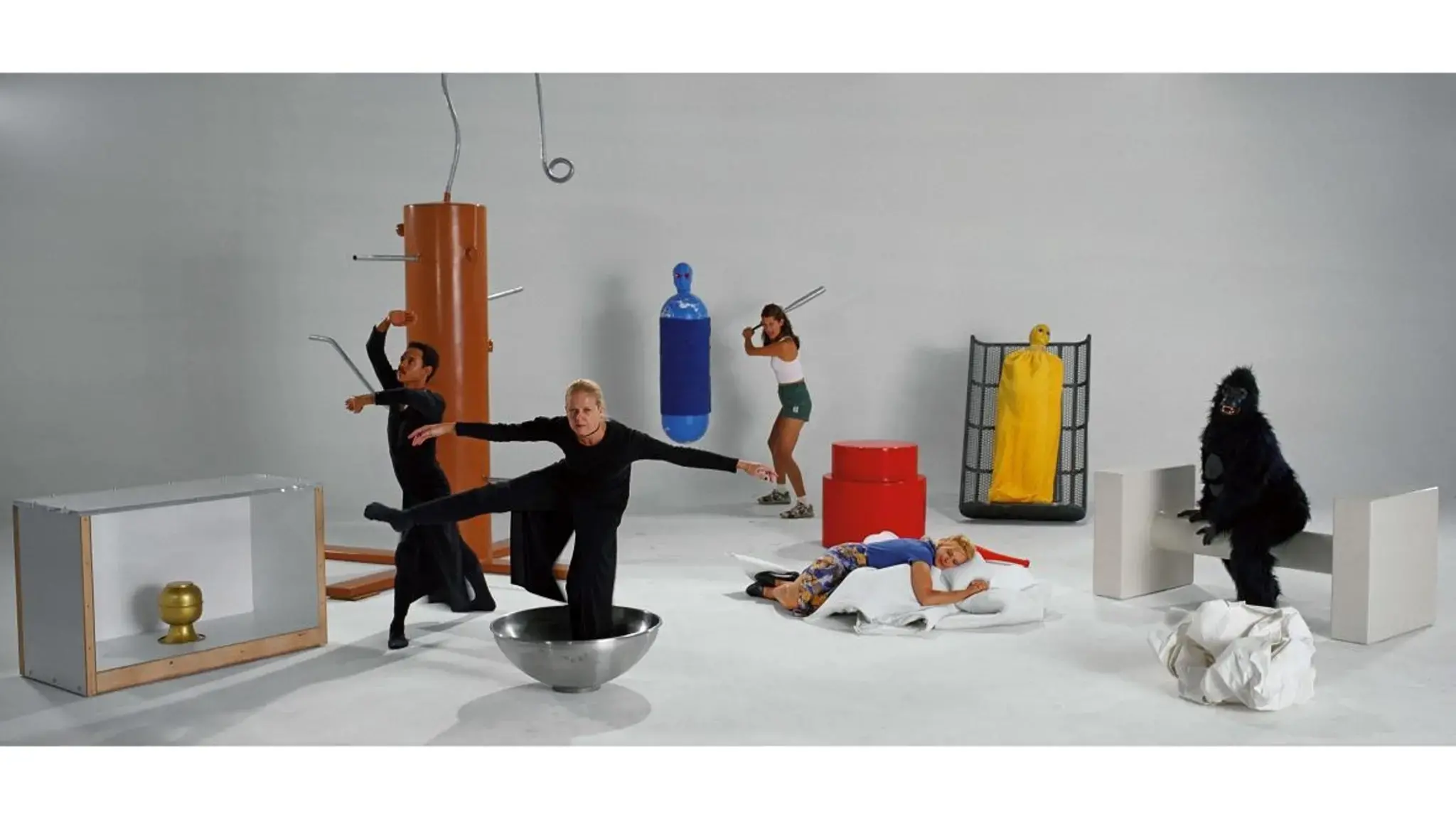

While Jens Hoffmann was in Philadelphia to lecture at The Pew Center for Arts & Heritage in 2011, he made a few “studio” visits with local dance companies and answered our questions about the experience.
Is doing “studio” visits with dancers different from doing studio visits with artists?
Jens Hoffman: My knowledge of theater and dance, historical and contemporary, and my strong interest in these fields comes in handy when you do meetings with performing artists. I am not sure how other curators would handle this. It is often a matter of language, references, etc. For me there is little difference in having a conversation about an art work that is coming from the performing arts background oppose to coming from the world of fine arts, cinema, literature or even architecture. All fields are closer together at this point than they have ever been before and if one is interested in a number of fields, as I am, it is really easy to move around in the conversations and connect experiences and knowledge. Also, most of my theoretical interests can cover a lot of different fields.
Why do you think dancers want someone like you in their “studios”?
JH: There is a real desire in the performance art world to participate in the world of visual arts at the moment given the enormous success visual arts has had over the last decades and the money that is involved, specially when you manage to sell work in galleries. I think Tino [Sehgal] is a figure that people look at and think, if he manages to be in the art context why can I not since he is also choreographer but what they often forget is that Tino’s whole discourse is utterly based on elements form the visual arts and the context it has created, in a way you could describe him as a visual artist, who has achieved the dematerialization of the art object through introducing dance, singing and conversation to the gallery space. That is quite different then simply having dance presented inside a museum.